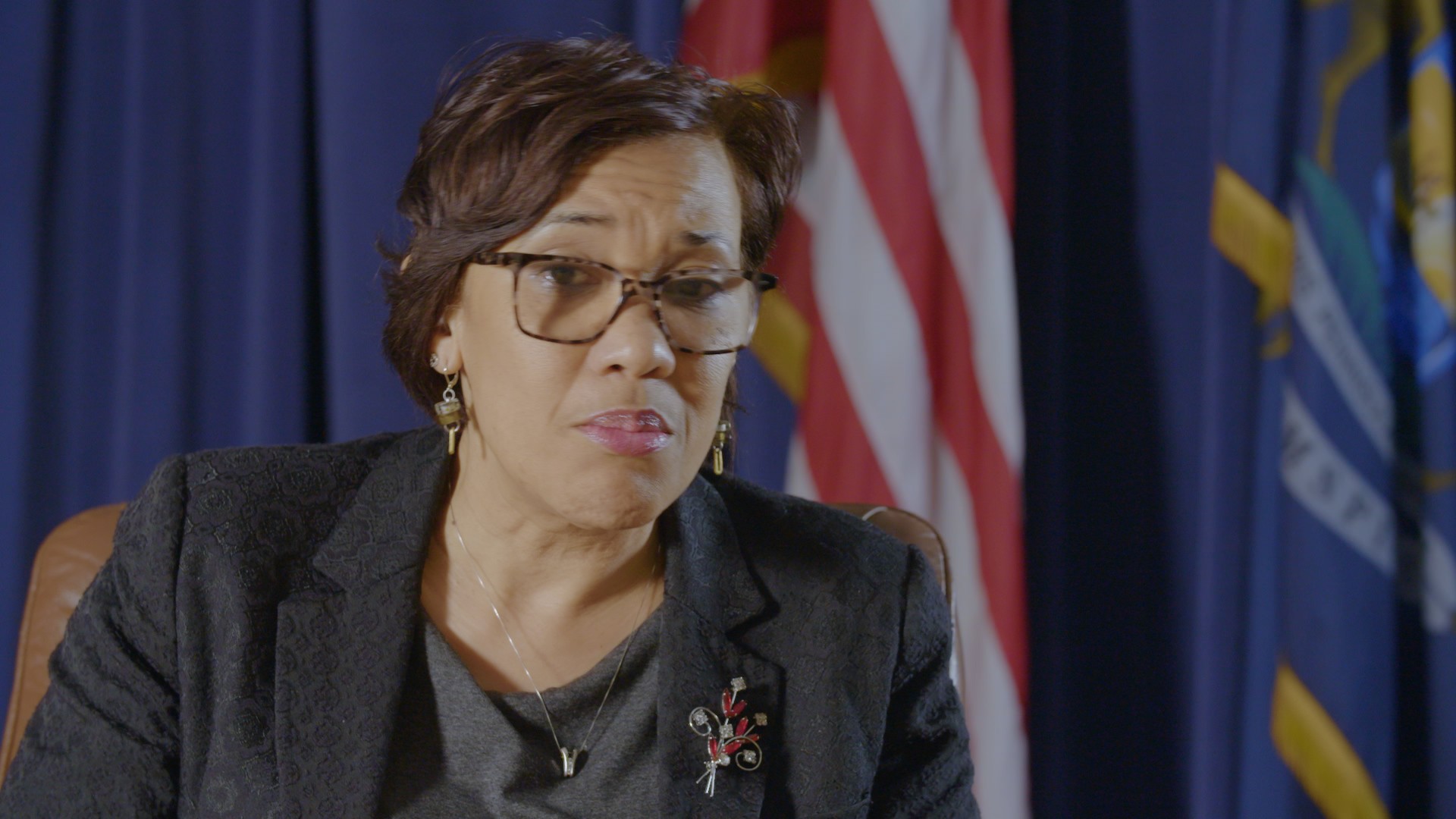Photo via Unsplash user Jens Johnson
_Editor's note: We here at Impact believe that water is a human right, and have _raised concerns about the ongoing struggle for access to clean water.__Let's face it, we're all a little baffled about where our water comes from. If we learned anything from water management scandals and health crises in Pittsburgh and Flint, it's that knowing the source of your water supply is important. Rather than jumping down a pipe à la the Super Mario Bros., check out this breakdown of how your water is getting into your home.There are two kinds of water sources: groundwater and surface water. Groundwater is precipitation, the stuff that falls from the sky that goes beyond the subsurface deep underground. To access this water you need an aquifer, like a well, to pump this water out of the ground. The other kind of source is surface water that gets funneled through a watershed, which is any piece of land that drains water into a body of water like a lake or reservoir.Water that we drink, bathe in, and use on a daily basis can come from either source, but it all depends on where you live. If your home is in a rural location, it's likely that your water comes from groundwater. The US Geological Survey reports at least 98 percent of public water coming from wells in rural communities but only 51 percent for everyone else. According to the EPA, only 10 percent of people in the United States rely on private wells.Well water is generally safe, but a Reddit user who goes by WaterWaterH20 noted some obvious drawbacks of an aquifer source. "As you know, it requires maintenance and replacement of pump(s) etc over time," the user wrote. "Also you are responsible for [its] safety/quality whereas if you were on a municipal supply they are responsible."
Check out some more video from VICE News
The rest of us get our water from the government, or in some cases from private companies.Whether your water comes from a private or public water system is important because both have their pros and their cons. Water first goes from a source, such as a reservoir or a lake, which is later taken to a treatment facility where it is decontaminated. It's then stored in a place like a water tower, and finally into your home.In most places, waste management treatment facilities are separate from the ones that purify drinking water, but in some locations that's not always the case. It's called toilet-to-tap, but drinking from the porcelain throne isn't as gross as it seems. Recycling wastewater is actually one way of using water more efficiently.Unlike people with well water access, people under public distribution water systems have little control over the quality of their water. Although there are government regulations put in place to make sure the water is safe, occasionally something goes wrong. The EPA says that over time water systems can deteriorate from corrosion and other external pressures that require maintenance.There are all kinds of environmental threats that can cloud your cup, but one of the worst is hydraulic fracturing a.k.a. fracking. Frackers blast a mixture of water, sand and chemicals into rocks ranging anywhere from hundreds to thousands of feet below the ground to cause natural gas to come to the surface where it's then stored in a tank.That gas is then used for lots of things like heating your home, cooking on a stove, or generating electricity. It's been great for job production but extremely costly for the environment, especially when it comes to your water. Fracking can contaminate both groundwater and surface water, and just within the last 10 years there have been more than 6,600 spills in four states—yikes.In 2012, residents in Dimock, Pennsylvania were able to light their water on fire as it came out the tap because it was so polluted with natural gas. There have been fracking incidents in Pennsylvania, Colorado, New Mexico, and North Dakota that have resulted in a totally compromised water supply in these places.Be your own activist for clean, drinkable water. If you're getting a water bill, call your provider and ask if your water is at risk for any contaminants. You can also find a report of water safety compliance from the EPA's Consumer Confidence Reports.If you're still curious about the status of water, check out the EPA's Safe Drinking Water Information. You can search by state and county to quench your knowledge about the quality of drinking water in your community. If you're pumping your water from a well, the EPA has a guide on how each state's groundwater ranks. Whether it's from a well or a public supply it's probably a good idea to invest in some DIY testing kits and check your water a few times a year.To make sure your water is good to the last drop, follow t he source. Pay attention to how your city and town sources water, and be vocal about where you want to see your water come from.
Advertisement
Get It From the Source
Check out some more video from VICE News

The rest of us get our water from the government, or in some cases from private companies.Whether your water comes from a private or public water system is important because both have their pros and their cons. Water first goes from a source, such as a reservoir or a lake, which is later taken to a treatment facility where it is decontaminated. It's then stored in a place like a water tower, and finally into your home.
Advertisement
Quality Control
What the Frack?
Advertisement
